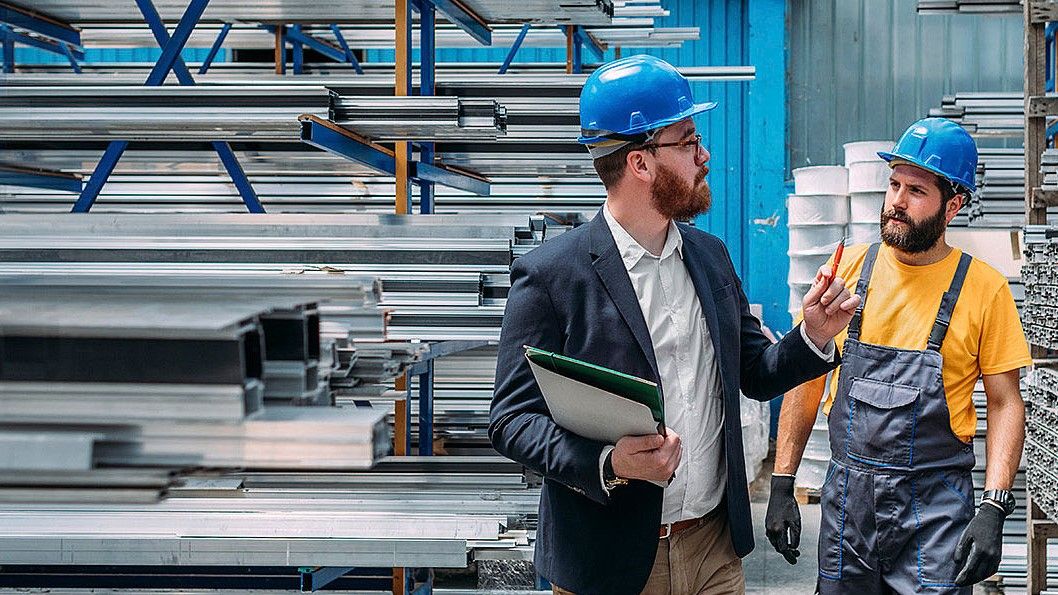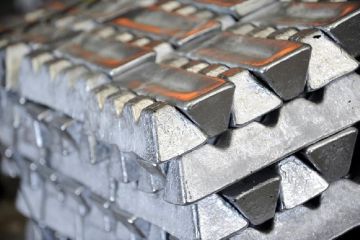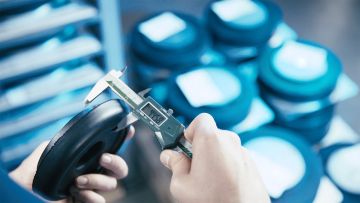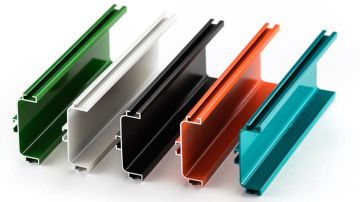The heating of billets is a crucial step in the aluminum extrusion production process. The objective of this stage is to raise the temperature of the billets to a specific level where the aluminum becomes more malleable, allowing it to be easily shaped during the extrusion process. Proper heating is essential to achieve uniform deformation, minimize defects, and obtain the desired mechanical properties in the final extruded profiles. Here's an overview of the heating process for aluminum billets in extrusion production:
- Furnace Selection: Billets are heated in a specialized furnace designed to accommodate the size and quantity of billets required for the extrusion process. These furnaces are typically electrically or gas-fired and are equipped with temperature control systems to maintain the desired temperature range accurately.
- Loading the Billets: The billets, which are usually cylindrical logs or ingots, are carefully loaded into the furnace. Proper loading techniques ensure that the billets are evenly spaced and not stacked too close together to allow for uniform heating.
- Pre-Heating and Soaking: The heating process is typically divided into two main stages: pre-heating and soaking. During pre-heating, the furnace temperature is gradually raised to a specific level to ensure a gradual and uniform temperature increase throughout the billets. After pre-heating, the billets are soaked at the target temperature for a predetermined period to achieve thermal equilibrium within the material. Soaking is essential for allowing the heat to penetrate uniformly throughout the billets and eliminate any temperature gradients.
- Temperature Control: Maintaining precise temperature control is critical during the heating process. Different aluminum alloys have specific temperature requirements for proper extrusion, and variations in temperature can lead to inconsistent results and defects in the extruded profiles. Advanced furnaces use sophisticated control systems to monitor and regulate the furnace temperature accurately.
- Homogenization (Optional): Depending on the alloy and specific requirements, some billets may undergo a homogenization treatment during the heating process. Homogenization is a thermal treatment that helps eliminate chemical segregation and achieve a more uniform microstructure throughout the billets. This process can improve the extruded product's mechanical properties and reduce the risk of defects.
- Quenching (Optional): In certain cases, particularly for heat-treatable aluminum alloys, the billets may undergo a rapid quenching process immediately after heating. Quenching involves rapidly cooling the heated billets to "freeze" the microstructure achieved during soaking. This rapid cooling locks in certain properties that can be further enhanced during subsequent aging processes.
After the billets have been properly heated and, if required, homogenized or quenched, they are ready for the extrusion process. The heated billets are loaded into the extrusion press, where they are pushed through the die to obtain the desired extruded profiles. Proper temperature control during billet heating is critical to achieving high-quality extruded products with consistent properties.
 EN
EN
 NL
NL DE
DE





